What Are The Monocular Depth Cues ?
Monocular depth cues are visual cues that allow us to perceive depth and distance using only one eye. These cues include:
1. Linear perspective: The convergence of parallel lines as they recede into the distance.
2. Texture gradient: The gradual change in texture and detail as objects move further away.
3. Interposition: When one object partially blocks another, we perceive the blocked object as being further away.
4. Relative size: Objects that are smaller in size are perceived as being further away.
5. Height in the visual field: Objects that are higher in our visual field are perceived as being further away.
6. Light and shadow: The way light and shadow fall on objects can give us clues about their distance and shape.
7. Accommodation: The way our eyes adjust their focus to see objects at different distances.
These monocular depth cues work together with binocular cues (which require both eyes) to give us a complete sense of depth and distance in our visual environment.
1、 Accommodation
Monocular depth cues are visual cues that allow us to perceive depth and distance using only one eye. Accommodation is one of the monocular depth cues that helps us perceive depth by adjusting the shape of the lens in our eye to focus on objects at different distances.
When we look at objects that are close to us, the muscles in our eyes contract, causing the lens to become more curved and thicker. This allows us to focus on the object and perceive it as being closer. Conversely, when we look at objects that are far away, the muscles in our eyes relax, causing the lens to become flatter and thinner. This allows us to focus on the object and perceive it as being farther away.
However, recent research has shown that accommodation may not be as reliable a depth cue as previously thought. In fact, studies have found that people can perceive depth accurately even when their accommodation is artificially manipulated or removed altogether.
This suggests that our brains rely on a combination of monocular and binocular depth cues to perceive depth and distance, and that accommodation is just one piece of the puzzle. Other monocular depth cues include perspective, texture gradient, and motion parallax, while binocular depth cues include stereopsis and convergence.
Overall, while accommodation is an important monocular depth cue, it is not the only one, and our brains are able to use a variety of cues to accurately perceive depth and distance.
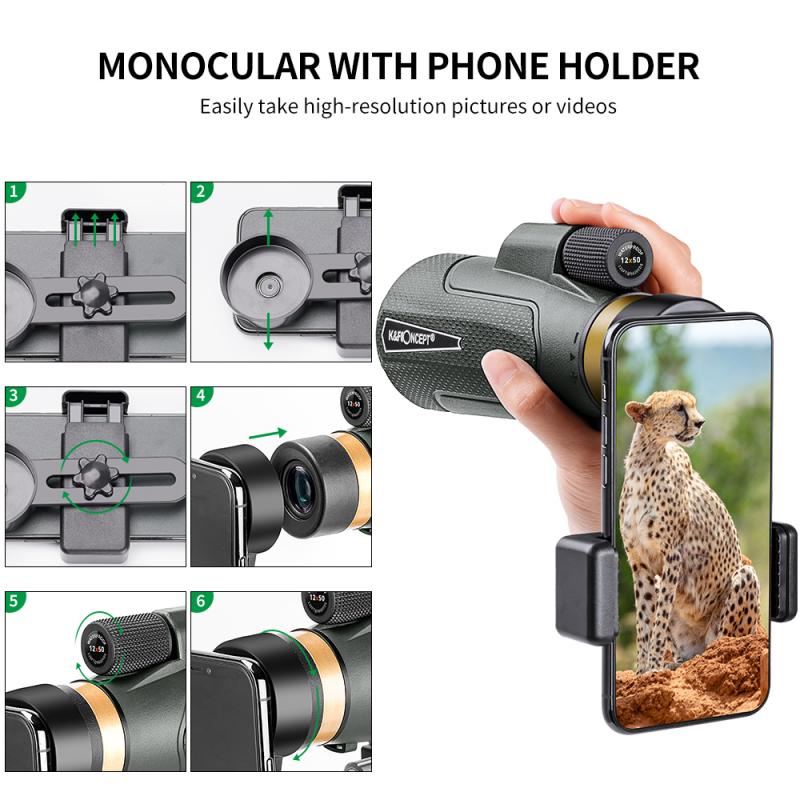
2、 Motion parallax
Motion parallax is one of the monocular depth cues that helps us perceive depth and distance in the world around us. It is the apparent movement of objects in the visual field as we move our head or body. This cue is based on the fact that objects closer to us appear to move faster than objects farther away when we move our head or body.
Motion parallax is an important cue for depth perception, especially in situations where other cues are not available or are ambiguous. For example, when driving a car, motion parallax helps us judge the distance and speed of other cars on the road. It also helps us navigate through a crowded environment, such as a busy street or a crowded room.
Recent research has shown that motion parallax is not only important for depth perception, but it also plays a role in other cognitive processes, such as attention and memory. For example, studies have shown that motion parallax can enhance our ability to remember objects in a scene and can also help us focus our attention on important objects in the visual field.
In conclusion, motion parallax is a monocular depth cue that helps us perceive depth and distance in the world around us. It is an important cue for depth perception, navigation, and other cognitive processes. The latest research has shown that motion parallax plays a more significant role in our cognitive processes than previously thought.
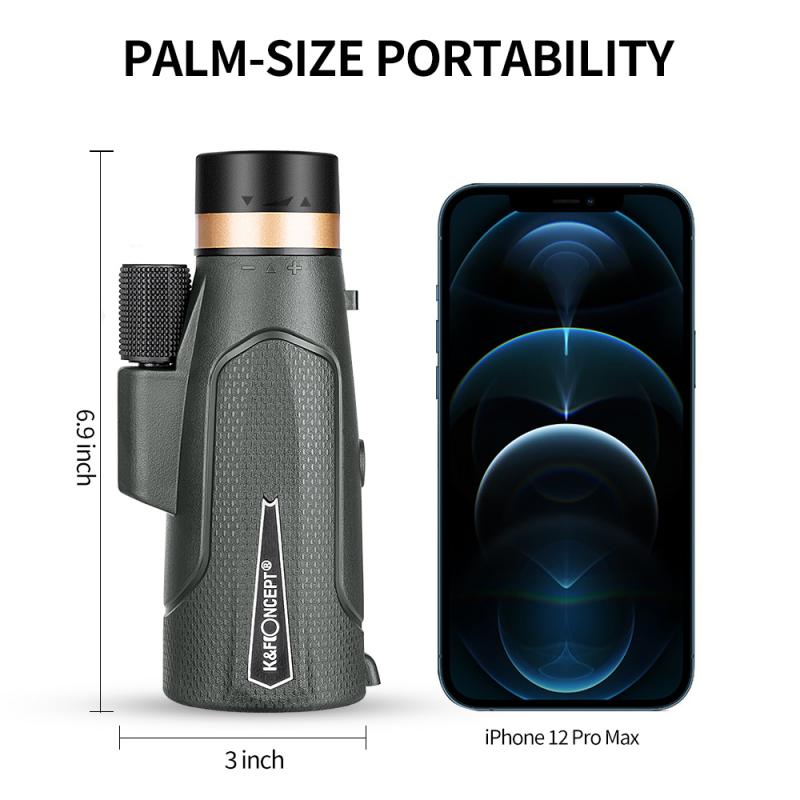
3、 Relative size
Relative size is one of the monocular depth cues that help us perceive depth and distance in a scene. This cue relies on the fact that objects that are closer to us appear larger than objects that are farther away. For example, if we see two people standing side by side, the person who is closer to us will appear larger than the person who is farther away.
However, it is important to note that the relative size cue can be influenced by other factors such as the angle of view and the size of the objects themselves. For instance, if we are looking at two objects that are the same size but one is closer to us, the closer object will appear larger. But if we change our angle of view, the relative size cue may no longer be accurate.
Recent research has also shown that the relative size cue can be affected by our expectations and prior knowledge about the size of objects. For example, if we see a small car and a large truck parked next to each other, we may perceive the car as farther away even if it is actually closer, simply because we expect cars to be smaller than trucks.
Overall, while the relative size cue is a useful monocular depth cue, it is important to consider other factors that may influence our perception of size and distance in a scene.
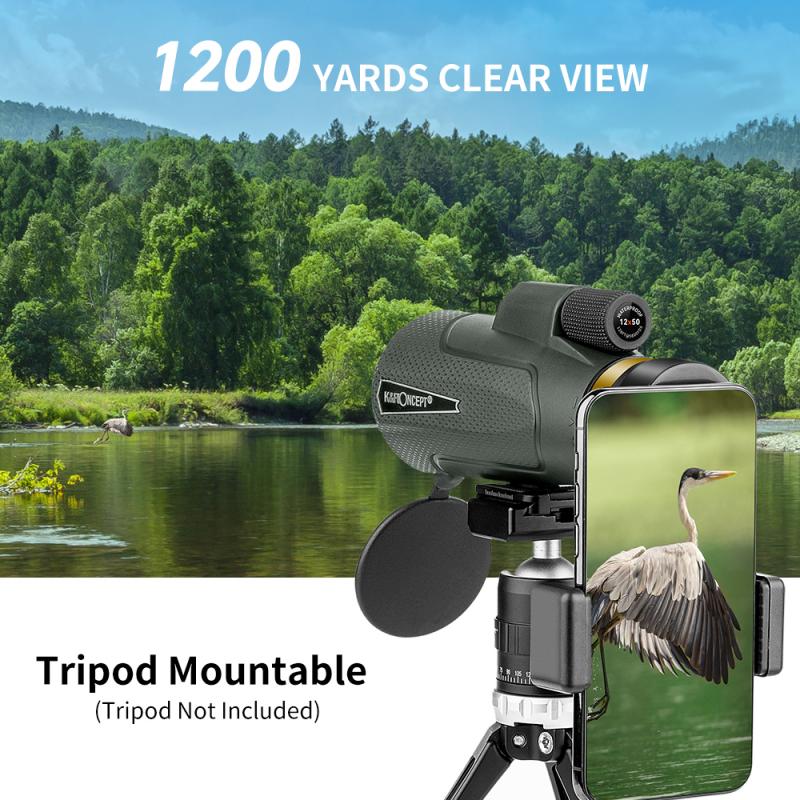
4、 Interposition
Interposition is one of the monocular depth cues that helps us perceive depth and distance in a scene. It occurs when one object partially blocks or covers another object, indicating that the blocked object is farther away. This cue is particularly useful in scenes with overlapping objects, such as trees in a forest or people in a crowd.
Recent research has shown that interposition is not just a simple cue for depth perception, but it also plays a role in our visual attention. In a study published in the Journal of Vision, researchers found that when an object is partially occluded, our attention is drawn to the occluding object rather than the occluded object. This suggests that interposition not only helps us perceive depth but also guides our attention to important objects in a scene.
Another interesting aspect of interposition is that it can be influenced by our prior knowledge and expectations. For example, if we expect a certain object to be in front of another object, we may perceive it as such even if it is not actually blocking the other object. This highlights the importance of context and expectations in our perception of depth and distance.
Overall, interposition is a crucial monocular depth cue that helps us perceive depth and distance in a scene, and recent research has shed light on its role in visual attention and the influence of prior knowledge and expectations.



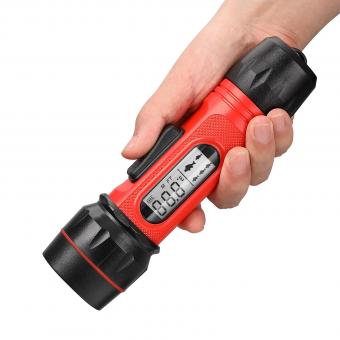
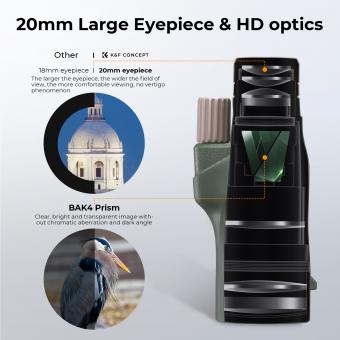

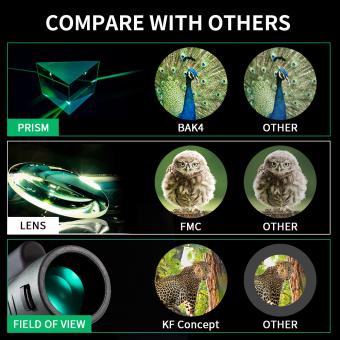
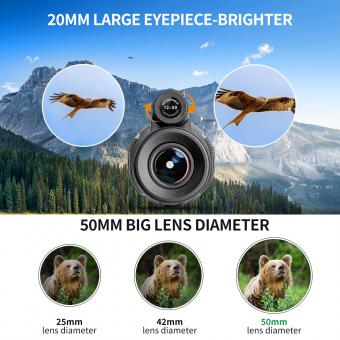




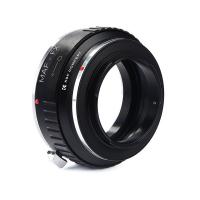


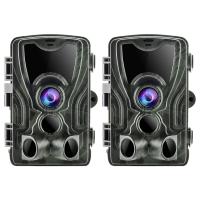

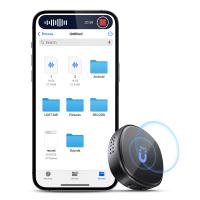

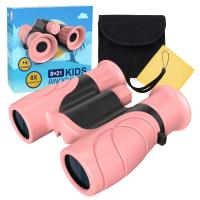


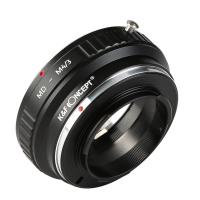
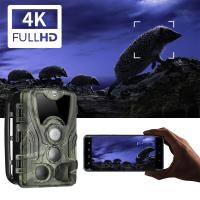

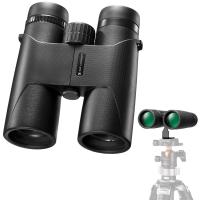


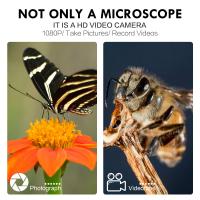
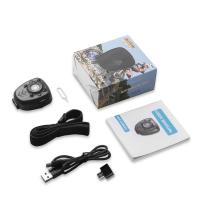
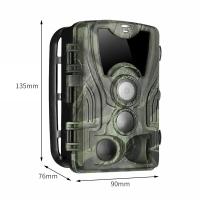
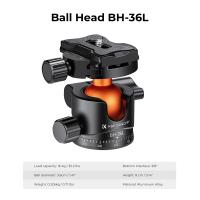
There are no comments for this blog.